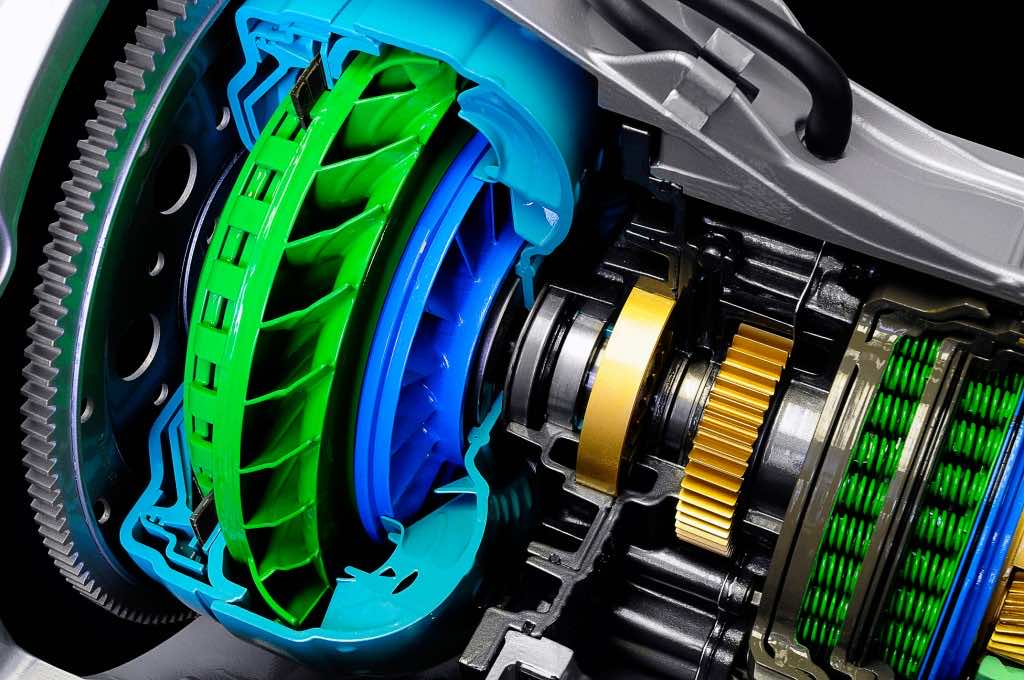Have you ever wondered how the clutch of a car works? What is this magic pedal that controls the torque and rpm of the engine? It is not like the other two pedals where you press them and the fuel comes in or the wheels stop turning. There is more to it than what meets the eye. Clutch is used to physically connect or disconnect the engine from the wheels of the car.
How It Works:
A flywheel connected to the engine and the gearbox connected to the wheels are the two components that make a car run when they come into contact with one another. The clutch can connect or disconnect the two. The engine is responsible for spinning the flywheel.
The clutch is another spinning plate which is connected to the gearbox. The two plates are in contact and the engine flywheel transfers the energy via the clutch to the gearbox. When we press the clutch pedal with our foot, the plate moves backward, breaking the connection and allowing the flywheel to spin freely. Similarly, when you remove your foot from the pedal, the plate comes in contact with the flywheel once again.
You can see it in the video below
Types:
Now that we are familiar with the working of the clutch, let us take a look at the different types of clutches. There are a number of parameters responsible for classification of clutches. We will take a look at a few of them below.
The first basis of classification is the lubricant used.
Dry Clutch:
This type of clutch does not have any lubricant between the flywheel and the clutch plate. This results in a higher transmission of torque to the gearbox but may result in early wear.
Wet Clutch:
This type of clutch does have a lubricant between the flywheel and the clutch plate. The torque transmission is slightly reduced but it can absorb the heat produced because of friction and reduce the wear and tear.
The second type of classification is based on the number of plates.
Single Plate Clutch:
As the name suggests, there is only one plate or a single surface to transmit the power between the two shafts. These are relatively larger in size as compared to their counterparts, even when they have the same transmission capacity.
Multi-Plate Clutch:
This includes multiple plates and results in a higher coefficient of friction due to a greater surface area. These are generally used where there is a restriction of space and a single plate clutch cannot be installed.
The final classification is on the basis of operation.
Dog Clutch:
This type of clutch lacks any plates but is mounted with a number of teeth. At a specific combination of these teeth transmits power to the shaft.
Centrifugal Clutch:
As evident from the name, these clutches work on the principle of a centrifuge and power is transmitted between the two shafts when a certain speed is attained.
Electromagnetic Clutch:
Rather than working on frictional forces, these clutches use electromagnetic force, which is supplied manually to engage or disengage the shafts.
Pneumatic and Hydraulic clutch:
Hydraulic and pneumatic actuators are installed when the engagement and disengagement forces are large enough that they can not be operated manually. These actuators get that extra amount of force.

